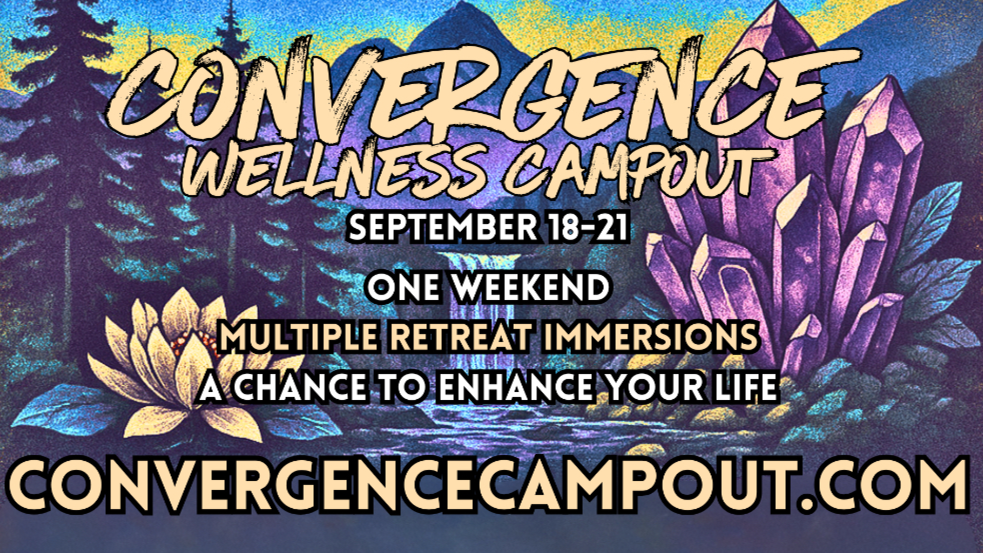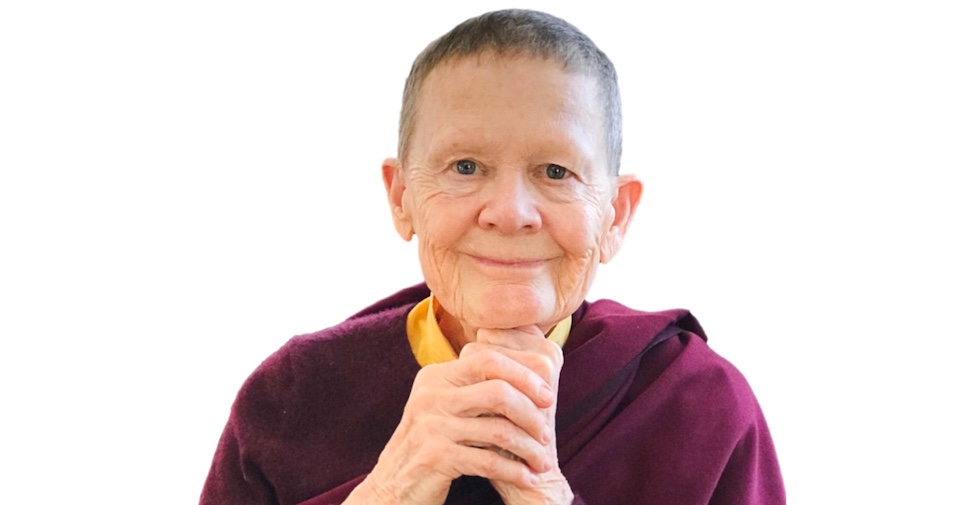
It’s late. Your body’s ready, but your mind won’t stop scrolling through the day. Thoughts loop. Muscles tighten. Sleep feels far away.
If that sounds familiar, you’re not alone. Millions of people search every night for guided meditation for sleep, mindfulness before bed, or natural ways to fall asleep fast. And there’s a good reason — guided meditation is one of the most effective, accessible, and time-tested methods to calm the mind, regulate the nervous system, and invite genuine rest.
Before we explore how it works, take a moment to experience it for yourself:
Experience it now:
Take a few moments to unwind with this soothing Guided Meditation for Sleep led by Selena Lael — one of BrightStar’s featured teachers helping people around the world rest more deeply.
Why Guided Meditation Helps You Sleep
Guided meditation for sleep works because it redirects awareness. Instead of fighting thoughts, you follow a gentle voice or sound that guides your attention into the body, the breath, and the present moment.
When you listen to a guided sleep meditation:
- Your nervous system resets. Slow, mindful breathing activates the parasympathetic (rest and digest) response, reducing heart rate and cortisol.
- Your brain waves shift. From alert beta waves to relaxed alpha and theta states, preparing the mind for deep rest.
- Your muscles release tension. Body awareness cues help you recognize and soften tightness you didn’t even know you were holding.
- Your thoughts lose grip. Instead of analyzing the day, you simply observe — letting thoughts drift like clouds.
Research has consistently shown that guided sleep meditations can improve sleep onset, reduce nighttime awakenings, and enhance overall sleep quality — all without the side effects of medication.
That’s why platforms like Insight Timer, Calm, and BrightStar are bringing more attention to guided meditation for sleep, anxiety, and relaxation — simple, free tools that anyone can access at any time.
The Science of Letting Go
If you’ve ever told yourself “I need to sleep now,” you know that it doesn’t work. Sleep can’t be forced — it’s invited.
Guided meditation helps because it gives your busy mind something to do that isn’t worrying. The guided voice replaces mental chatter with soft, rhythmic instruction: “Take a deep breath… feel your body sinking into the bed…”
As you follow along, attention naturally moves from overthinking into embodied presence. That’s when the magic happens — your body remembers how to rest.
“Falling asleep isn’t something you do. It’s something you allow. Guided meditation for sleep reminds us how to soften into that space of effortless rest.”
Types of Guided Meditations for Sleep
Not all guided meditations are the same. Finding the right style for your body and mind can make all the difference.
1. Body Scan Meditation for Sleep
You’re guided to bring awareness to each part of your body — from your toes to your crown. This simple process of noticing and releasing creates full-body relaxation.
2. Yoga Nidra (Yogic Sleep)
An ancient practice of conscious rest between wakefulness and sleep. In Yoga Nidra, you remain aware while the body falls into deep relaxation. Many people say 20 minutes of Yoga Nidra feels like hours of restorative sleep.
3. Sound Meditation for Sleep
Soothing tones, gongs, singing bowls, or binaural beats help slow brainwaves and synchronize the nervous system. Sound bypasses thought entirely — your body just resonates and releases.
4. Breath-Led Sleep Meditation
Slow rhythmic breathing — for example, inhale for 4, exhale for 6 — signals safety to the body and quiets the amygdala (the stress response center).
Try different approaches until you find one that feels natural. There’s no wrong way to meditate for sleep — only the practice of gentle experimentation.
How to Create a Bedtime Ritual That Works
Here’s how to turn meditation into a nightly ritual your body will recognize as an invitation to rest:
- Set a digital sunset. Turn off screens at least 30 minutes before bed to reduce blue light and overstimulation.
- Dim the lights. Use candles or warm lamps to cue your circadian rhythm.
- Put your phone on “Do Not Disturb.” Protect your rest window.
- Press play. Choose a guided meditation for deep sleep — like Selena Lael’s — or a BrightStar sound bath for relaxation.
- Let go of expectations. Even if you don’t fall asleep immediately, your body is still resting deeply.
The Deeper Benefit of Sleep Meditation
When you practice guided meditation for sleep regularly, something beautiful happens beyond better rest — you begin to feel more balanced during the day.
You’re less reactive, more grounded, and more patient. The same breathing patterns that ease you into sleep also help you handle stress and anxiety. Over time, your body relearns what safety and stillness feel like.
Guided meditation is not about escaping reality — it’s about gently retraining the mind to trust the moment.
Explore Sleep-Focused Events on BrightStar
Many of BrightStar’s teachers are now integrating guided sleep meditations, sound baths, and yoga nidra sessions into live and online events. These experiences offer a supportive environment where you can fully release — surrounded by community, sound, and intention.
Here are a few examples of what’s available:
- Evening Sound Bath for Deep Rest — Online
- Yoga Nidra Under the Stars — Los Angeles
- Sleep Meditation Workshop: Restorative Practices for the Nervous System — Virtual
Explore upcoming experiences on BrightStarEvents.com.
Your body — and your dreams — will thank you.
Frequently Asked Questions
What is the best guided meditation for sleep?
Everyone is different, but soft-spoken, slow-paced meditations with gentle background music tend to work best. Try Selena Lael’s Guided Meditation for Sleep as a starting point.
How long should I meditate before sleep?
Even 10 minutes of guided meditation before bed can make a big difference. Many people prefer 20–30 minutes for a deeper effect.
Can meditation replace sleep?
No — but it can dramatically improve sleep quality, helping you feel more rested in less time. Practices like Yoga Nidra can reduce fatigue and improve focus even with limited sleep.
Do I need experience to start?
Not at all. Guided meditations are designed for beginners. Just listen and follow the voice. The more you practice, the easier it becomes to relax.
Closing Reflection
Falling asleep isn’t about control — it’s about surrender. Guided meditation teaches us how to let go of effort and remember the body’s natural wisdom.
So tonight, rather than scrolling through one more video or checking one more email, press play on your meditation, breathe deeply, and allow the world to fade away.
You deserve deep rest.
You deserve peace.
And it’s only one breath away.



















